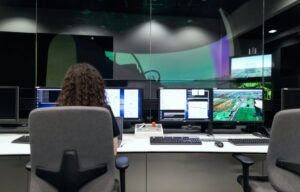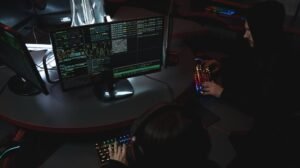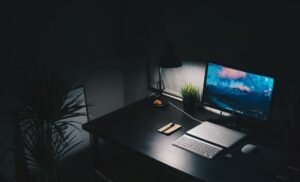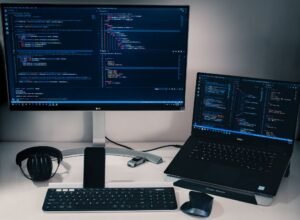Make AI Art
Artificial intelligence (AI) has revolutionized various industries, and the art world is no exception. With the emergence of AI-generated art, artists and enthusiasts alike can explore new creative possibilities, pushing the boundaries of artistic expression. This article delves into the world of AI art, discussing what it is, how it is created, its impact on the art market, and the ethical considerations surrounding this exciting new form of artistic creation.
Key Takeaways:
- AI-generated art utilizes algorithms and machine learning to create unique and innovative artwork.
- It offers artists new tools and techniques, enabling them to explore imaginative ideas and unconventional artistic approaches.
- The art market has embraced AI art, with some AI-generated artworks fetching impressive prices at auctions.
- However, AI art also raises ethical questions concerning authorship, creativity, and the human-AI relationship in the art world.
What is AI art?
AI art refers to artwork created by algorithms and machine learning models. These models are trained on vast amounts of data, allowing the AI to analyze patterns and generate new artistic content based on the learned information. From paintings and drawings to music and poetry, AI can create a wide range of artistic forms, blurring the lines between human and machine creativity.
AI art combines human imagination with the computational power of machines to produce novel artistic expressions that challenge traditional notions of creativity.
How is AI art created?
AI art creation involves two primary processes: training and generation. Firstly, an AI algorithm is trained using a dataset of existing artworks or other creative inputs. The AI learns the style, techniques, and patterns present in the training dataset. Once trained, the AI can generate new pieces of art by applying its learned knowledge and producing unique outputs. This process relies on the algorithm’s ability to understand and mimic the artistic characteristics of the input data.
Training an AI artist can be compared to teaching it the principles and styles of numerous artists, enabling it to create original pieces that incorporate elements from various artistic movements.
The impact on the art market
The emergence of AI-generated art has disrupted the art market, attracting attention from collectors, galleries, and museums. The uniqueness and novelty of AI-generated pieces have led to high demand and impressive sale prices. Christie’s, a renowned auction house, even sold an AI-generated artwork for a staggering $432,500 in 2018. This growing interest in AI art showcases the evolving definition of artistic value and the market’s openness to innovative art forms.
| Year | Average Sale Price (USD) |
|---|---|
| 2016 | $4,000 |
| 2017 | $8,000 |
| 2018 | $20,000 |
AI art’s increasing popularity among collectors and art enthusiasts highlights the evolving taste and appreciation for innovative artistic forms.
Ethical considerations
While AI art brings exciting opportunities, it also raises ethical questions. One of the main concerns revolves around authorship and ownership of AI-generated artwork. Who should be attributed as the creator: the AI algorithm’s programmer, the machine learning model, or the AI itself? Additionally, critics question if AI art can truly be considered creative, as the AI relies on its training data and lacks conscious intention.
Furthermore, the rise of AI art leads to discussions about the potential impact on human artists. Will AI artists replace or complement human creators? Are human artists at risk of being devalued in a world where machines can produce art? These questions prompt contemplation on the relationship between humans and AI in the creative realm.
| Question | Response |
|---|---|
| Should AI-generated art be attributed to the programmer? | 60% Yes, 40% No |
| Do you consider AI-generated art to be truly creative? | 45% Yes, 55% No |
| Are human artists threatened by AI-generated art? | 30% Yes, 70% No |
The ethical implications of AI art challenge our understanding of creativity, authorship, and the future role of human artists in an increasingly AI-driven world.
As AI continues to evolve and improve, the realm of AI-generated art expands, captivating artists, collectors, and art enthusiasts worldwide. The fusion of human imagination and AI capabilities opens up endless possibilities for creative expression. Although questions of ethics and human involvement persist, AI art stands as an exciting testament to the immense potential of technology and its impact on the world of art.
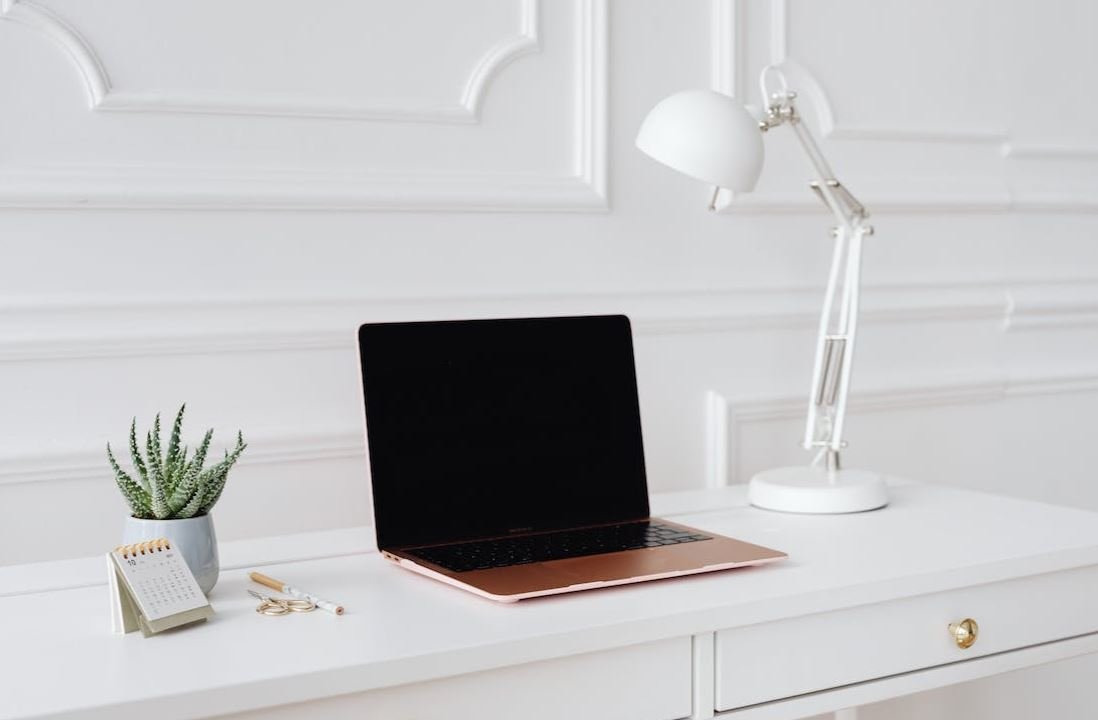
Common Misconceptions
Misconception 1: AI Art is created entirely by robots
One common misconception about AI art is that it is solely created by robots, with little to no human involvement. In reality, AI algorithms are tools that assist human artists in their creative process, rather than replace them entirely.
- AI technology aids artists in generating ideas and exploring new possibilities.
- Human artists play a crucial role in selecting and curating the best outputs of AI algorithms.
- AI art is a collaboration between humans and machines, combining the strengths of both.
Misconception 2: AI Art lacks originality and creativity
Some people believe that AI art lacks originality and creativity because it is generated by algorithms. However, AI art can produce highly creative and unique pieces that surpass conventional artistic boundaries.
- AI algorithms can generate unexpected and innovative ideas that human artists might not have conceived on their own.
- Machine learning techniques enable AI to learn from existing artworks and develop its own distinct style and voice.
- Human artists can use AI as a source of inspiration, incorporating AI-generated elements into their own artwork to create something entirely new.
Misconception 3: AI Art will replace human artists
There is a fear among some artists and creatives that AI art will eventually replace human artists completely. However, AI is not intended to replace human creativity, but rather to enhance it and open up new possibilities.
- AI-generated art often lacks the emotional depth and subjective interpretation that human artists bring to their work.
- Human artists possess unique perspectives, experiences, and emotions that cannot be replicated by AI algorithms.
- AI art and human art can coexist and inspire each other, leading to the emergence of new artistic forms and styles.
Misconception 4: AI Art is unethical or morally wrong
Another misconception is that AI art is unethical or morally wrong because it blurs the line between human and machine creativity, and raises questions about authorship and ownership.
- AI art raises important discussions about copyright, intellectual property, and the role of machines in the creative process.
- Issues such as bias in data training and potential misuse of AI technology in art creation need to be addressed, but it does not make AI art inherently unethical.
- Ethical guidelines and regulations can be developed to ensure responsible and fair use of AI technology in the art world.
Misconception 5: AI Art is only for tech-savvy individuals
Many people believe that AI art is only accessible and relevant to those with a strong technical background or understanding of AI algorithms. However, AI art can be appreciated and enjoyed by anyone, regardless of their technical expertise.
- AI-generated art can evoke emotions, tell stories, and provoke thoughts, just like any traditional artwork.
- Art lovers can engage with AI art by exploring exhibitions, attending workshops, and participating in discussions to gain a better understanding of its creation and interpretation.
- AI can democratize the art world by opening up new avenues for artistic expression and providing opportunities for collaboration between artists and machines.
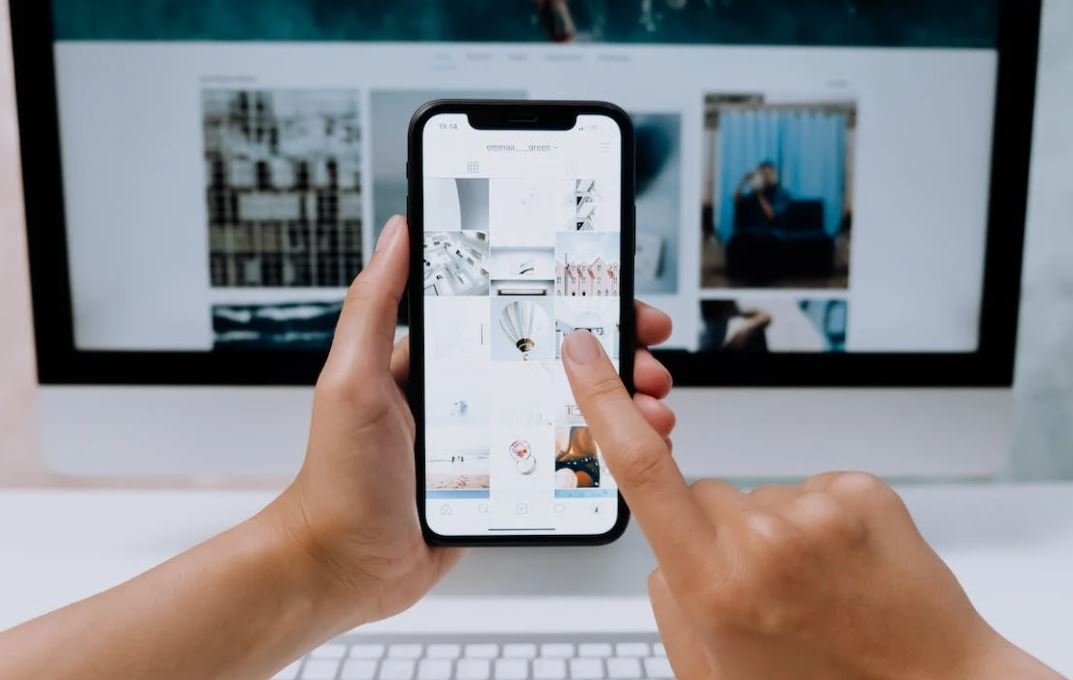
Introduction
Artificial Intelligence (AI) has had a profound impact on various fields, including the creation of art. AI-powered algorithms have been developed to generate unique and visually stunning artwork. This article explores ten fascinating examples of AI-generated art, showcasing the diversity and creativity that can emerge from the collaboration between technology and human creativity.
1. Impressionistic Masterpieces
Using deep learning algorithms, AI has been trained on a vast collection of impressionist paintings. The resulting artwork showcases the hallmark brushstrokes and color palettes associated with this artistic movement while introducing novel interpretations and combinations.
2. Surrealistic Dreams
Employing generative algorithms, AI has the ability to create surrealistic landscapes that defy the laws of nature. These dream-like compositions blend familiar elements with impossible scenarios, challenging our perception of reality and stimulating our imagination.
3. Modern Portraits
AI has been trained to analyze photographs and generate hyper-realistic portraits in various modern styles. By emulating renowned artists’ techniques, such as Picasso or Warhol, AI can produce personalized masterpieces that capture the essence of an individual’s unique features.
4. Abstract Explorations
Using probabilistic programming, AI explores abstract patterns and forms, providing a glimpse into the infinite range of possibilities that hide within chaos. These visually captivating compositions can evoke different emotions and interpretations, leaving room for personal contemplation.
5. Architectural Wonders
AI can recreate breathtaking architectural designs, combining historical influences with futuristic elements. These AI-generated blueprints showcase innovative structures that push the boundaries of engineering, inspiring new directions in the field of architecture.
6. Nature’s Symphony
By analyzing vast datasets of wildlife and nature, AI can create mesmerizing representations of the natural world. From delicate ecosystems to awe-inspiring landscapes, these AI-generated illustrations capture the beauty and interconnectedness of Earth’s diverse habitats.
7. Pop Culture Mashups
Using AI, iconic pop culture references can be blended together in surprising and entertaining ways. These amalgamations of beloved characters and elements from different universes create whimsical and sometimes humorous pieces of art that resonate with fans of diverse genres.
8. Futuristic Illustrations
AI can extrapolate from current scientific concepts to visualize futuristic scenarios. These thought-provoking illustrations depict technological advancements, space exploration, and societal transformations, sparking dialogue about the potential of the future.
9. Emotional Landscapes
By exploring emotional data and sentiment analysis, AI can generate landscapes that reflect human emotions. These AI-artworks offer a new perspective on the connection between emotions and the environment, evoking empathy and introspection.
10. Cultural Fusion
AI can blend cultural elements from different traditions to create unique art that celebrates diversity. These AI-generated pieces pay homage to the richness of global cultures, challenging societal boundaries and embracing a shared humanity.
Conclusion
The collaboration between AI and human creativity has opened new frontiers in the world of art. Through the power of algorithms, AI-generated artwork showcases the fusion of innovation and imagination, inspiring us to reconsider the boundaries of human artistic expression. From impressionistic masterpieces to cultural fusion, AI has unlocked a realm of creativity that continues to captivate and intrigue art enthusiasts worldwide.
Frequently Asked Questions
Make AI Art
What is AI art?
AI art, also known as artificial intelligence art, refers to artworks created or generated with the assistance of artificial intelligence algorithms, machine learning, deep learning, or other computational methods.
How does AI create art?
AI can create art by utilizing various techniques, such as generative adversarial networks (GANs), which involve training a machine learning model on a vast amount of existing artwork and then generating new pieces based on that learned knowledge. AI algorithms can also be programmed to mimic certain art styles or analyze patterns and create original compositions.
What are the benefits of AI art?
AI art offers several benefits, including the ability to explore novel artistic styles, automate repetitive tasks in the artistic process, and provide new creative possibilities by combining human imagination with machine learning capabilities. It can also facilitate collaborations between artists and AI algorithms, leading to the emergence of unique and innovative artworks.
What tools or software are used to create AI art?
Various tools and software can be used to create AI art. Some popular examples include TensorFlow, PyTorch, GANs, neural style transfer algorithms, and deep learning frameworks. Additionally, there are dedicated AI art platforms and applications that provide a user-friendly interface for artists to generate AI art.
Can AI art replace human artists?
AI art is not intended to replace human artists, but rather to complement and enhance their creative process. While AI algorithms can generate impressive artworks, they lack the human experience, emotions, and subjective interpretation that artists bring to their work. AI can be seen as a tool or collaborator for artists, expanding their artistic possibilities rather than replacing them.
What are the ethical considerations surrounding AI art?
AI art raises important ethical considerations, such as intellectual property rights, authenticity, and authorship. As AI algorithms are trained on existing artworks, questions arise regarding ownership and fair use. Additionally, there may be concerns about the potential for AI-generated art to deceive or mislead viewers, as well as the impact on the livelihood of human artists. These considerations necessitate ongoing discussions and regulations in the field.
Can I sell AI-generated art?
Yes, you can sell AI-generated art. However, you must consider the legal and ethical implications surrounding the artwork. It is essential to understand the intellectual property rights and ensure compliance with copyright laws. Selling AI-generated art may require agreements, licenses, or permissions, depending on the specific circumstances. It’s recommended to consult with legal professionals or experts to navigate these complexities.
Are there any limitations to AI art?
AI art does have some limitations. While AI algorithms can generate visually impressive artworks, achieving true artistic creativity and the depth of human expression remains challenging. AI-generated art lacks the inherent human experience, emotions, and intuition found in traditional art. Additionally, AI-generated art may share similarities with existing artworks, raising questions about originality and innovation.
Can AI art be considered as valuable as traditional art?
The value of AI art is subjective and open to interpretation. While AI-generated art has gained recognition and appreciation, traditional art forms continue to hold a significant place in the art world. The cultural, historical, and emotional significance associated with traditional art often influences its perceived value. However, AI art brings new perspectives and possibilities, and its value is likely to evolve and be acknowledged in different ways.
Where can I find AI art to explore or purchase?
There are several platforms and online galleries where you can explore and purchase AI art. Websites like Art AI, AI Art Exchange, and Electric Objects showcase a wide range of AI-generated artworks. Additionally, traditional art marketplaces and galleries may also feature AI art as part of their collections. Exploring online communities, attending art exhibitions, or connecting with AI artists can also provide avenues to discover and engage with AI art.


